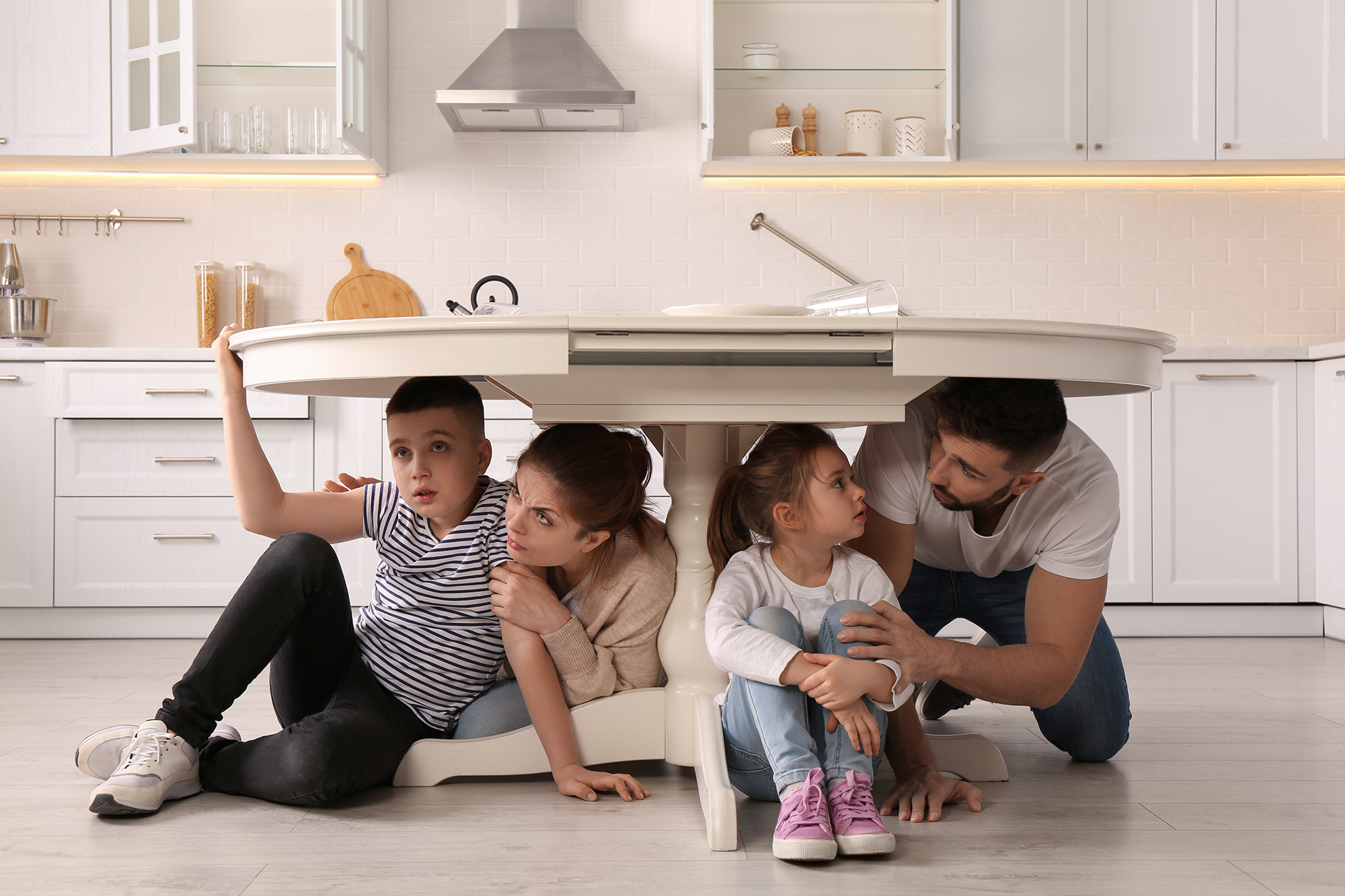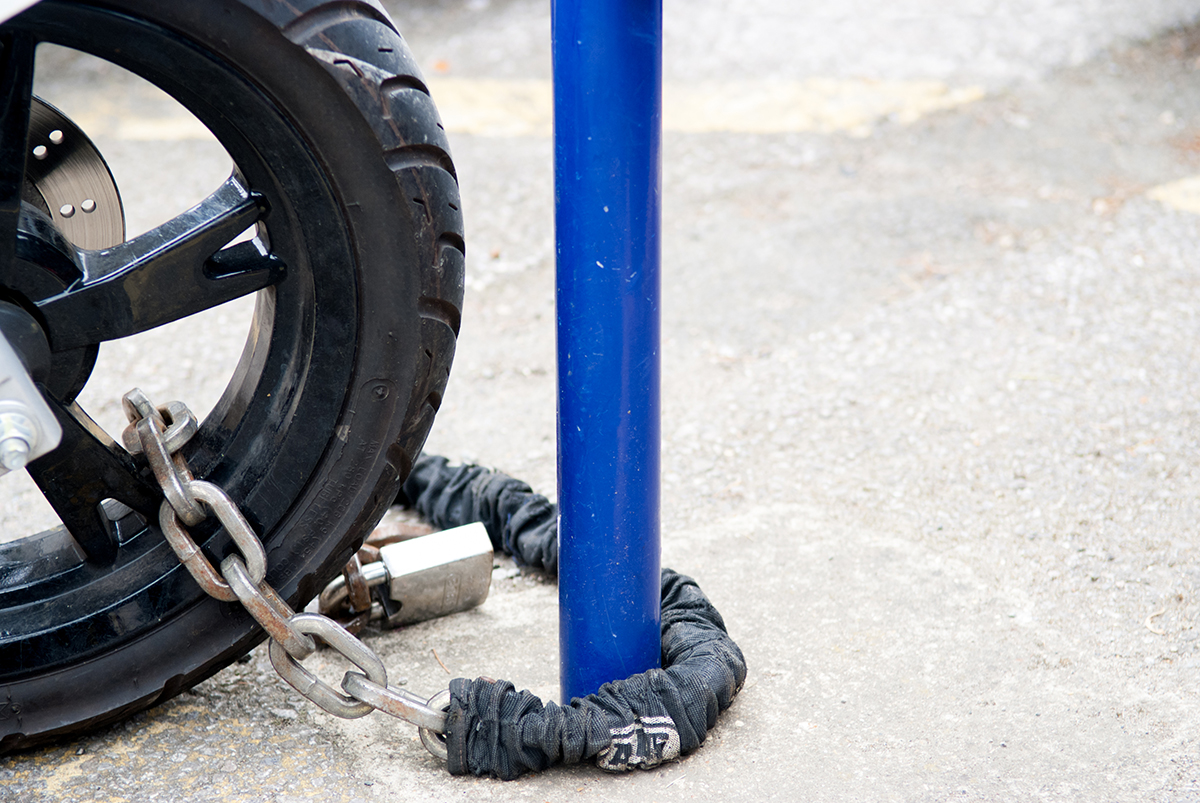Don’t get caught off guard. This earthquake home preparedness checklist includes everything you need to secure your items, avoid injuries, & stay safe
Whether you just moved to an earthquake-prone area or you’ve been caught unprepared in the past and don’t want to let it happen again, this article is for you.
You may not be able to predict when they’ll occur, but with this earthquake home preparedness guide, you can rest assured you’ll always be ready when they do.
Let’s jump right in!
Identify Your Home’s Weak Points
The first step to earthquake home preparedness is looking for any vulnerabilities your home might have. These could be weak structural points, walls lacking proper reinforcement, loose fixtures like ceiling fans or cabinets, etc.
Identifying these cracks in your home’s armor will guide your efforts in fortifying your living space and keep damages to a minimum.
Secure Your Furniture, Fixtures, & Other Loose Items
If you’ve ever experienced an earthquake, you know one of the biggest risks comes from above.
From smaller items to heavy furniture, it can all come tumbling down when the ground starts shaking. That’s why it’s crucial to secure your bookshelves, cabinets, appliances, and other heavy furniture and fixtures throughout your home.
To do this, invest in some anti-tipping kits for your larger pieces. These typically include nylon straps that can be bolted into wall studs and attached to furniture with adhesive, providing the items with some wiggle room but preventing them from toppling over.
For your cabinets, pick up some latches or child-proof locks to secure the doors and keep loose plates and glassware from raining down on you or your loved ones.
You’ll also want to make sure your utilities are secured to prevent leaks and fires. You can avoid these mishaps by anchoring your water heater with heavy-duty strapping, outfitting your gas lines with flexible fitting, installing automatic gas shut-off valves, and securing electrical panels.
And don’t forget to organize the items on your shelves so that the heaviest ones are on the bottom. It doesn’t take much to cause a head injury—even small objects can do serious damage if they’re falling fast enough—so do your best to prioritize safety when arranging your belongings.
Build an Emergency Survival Kit
Earthquake home preparedness involves considering the worst-case scenario, and power outages are all too common with this brand of natural disaster.
Electricity, water, and other essential supplies may become limited for extended periods of time, making it vital to prepare an earthquake safety kit in advance.
When building your kit, make sure to include everything you and your family might need to survive for several days without power, such as:
- Enough water and food to last several days
- First-aid kit
- Warm clothes and blankets for cold weather
- Masks for dust and debris
- Flashlights
- Battery-powered radio
- Batteries
- Portable phone chargers
- Essential medications
- Emergency whistles
- Cash, credit or debit cards, and IDs
Install Emergency Lighting
To save yourself some batteries, consider investing in emergency lighting, like plug-in backup lights or chargeable LED lamps.
That way, if you wake up to an earthquake in the middle of the night, you and your loved ones will have the visibility to take shelter and, if possible, evacuate while avoiding trips and falls.
Prepare & Practice an Emergency Plan
The chaos of an earthquake can easily cause you or a loved one to become separated from the rest of the group. Additionally, some family members might be at work or running errands when a quake strikes at home.
To ensure everyone knows what to do in these scenarios, you’ll need to develop and practice an earthquake safety plan. The following tips will help you create an airtight emergency plan that, with enough practice, will become second nature:
- Do a walkthrough of your home with your family members, identifying safe places to take shelter in each room, like under a desk or in a clear, clutter-free area out of the way of any heavy furniture.
- Make sure everyone old enough to do so knows how to switch off the utilities in the event they get damaged (gas, power, etc.).
- Establish post-earthquake meetup spots outside and away from buildings or other structures that may collapse in case anyone gets separated.
- Establish a communication plan so everyone knows to notify each other that they’re safe and when they arrive at the meetup spot if they have to evacuate.
- Practice, practice, practice! Make sure your earthquake safety plan is fresh in everyone’s minds so that when the unexpected happens, they can respond quickly and effectively.
It may take a good amount of pre-emptive legwork, but the risk reduction and personal safety that earthquake home preparedness provides make it worth every second. Stay safe out there, and if you want easy access to this information, make sure to bookmark this page for future reference!





